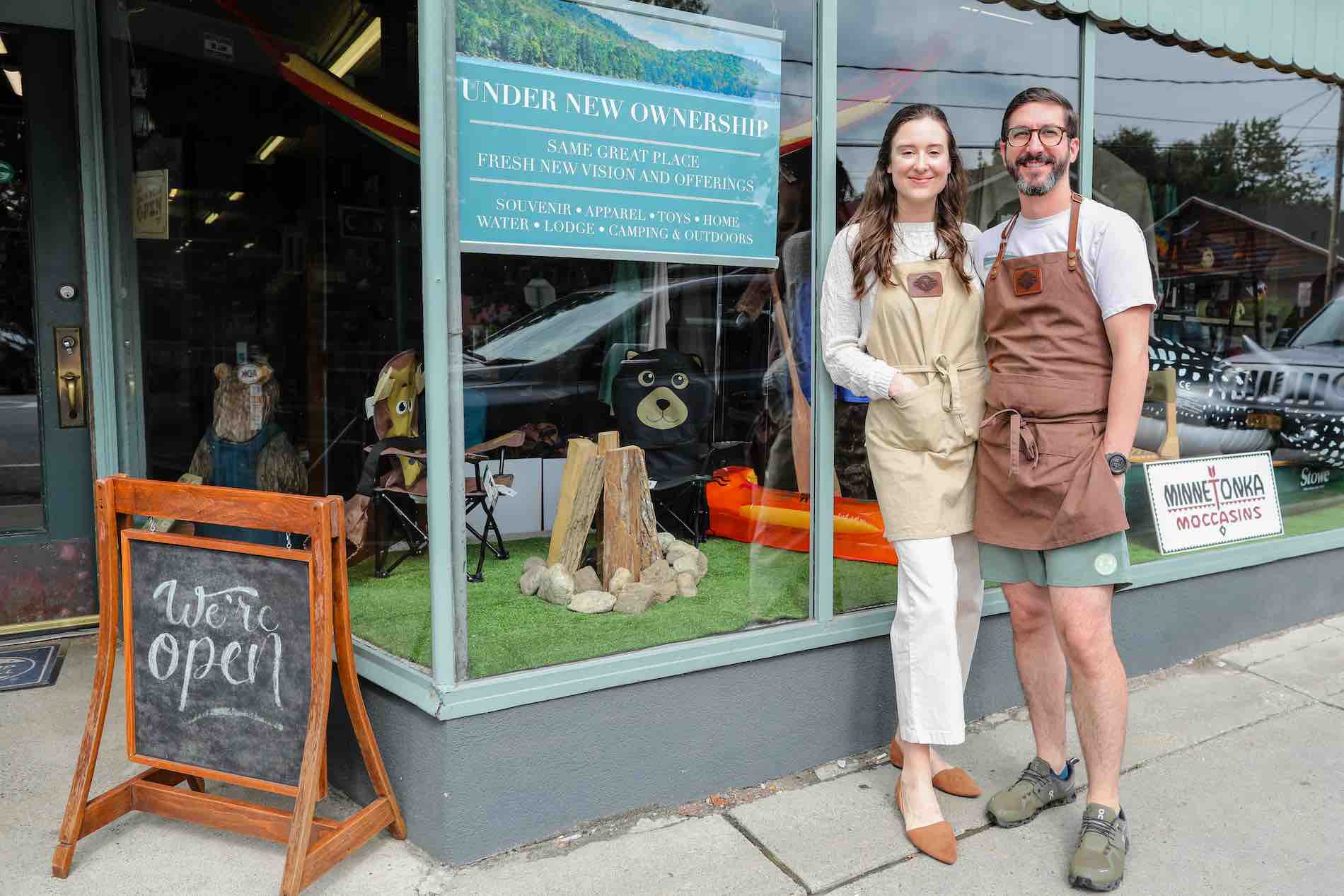ImpactAlpha, Sept. 26 – In her 30 years at the Battle Creek Community Foundation, Brenda Hunt has seen her share of ups and downs in the small city in southwest Michigan the foundation serves. “I remember 9/11, and I remember 2008-2009 when we lost 30% of our portfolio,” Hunt said.
But 2013, when the effects of the Great Recession lingered and the real estate vacancy rate in downtown Battle Creek hovered near 35%, was something else altogether. “It felt like we were in a downward spiral.”
The median income in Battle Creek was around $40,000 and stagnant, so Hunt and her team began examining how to move the health and wealth of the community forward. “We started looking at where wealth is created. That’s entrepreneurship, that’s business owners, that’s a vibrant economic community.”
“This was not something we could grant our way out of,” she added.
And so began the foundation’s journey into impact investing – extending loans or other financing mechanisms to small businesses that could in turn revitalize downtown. By 2018, the first project backed by such funding launched: a small food manufacturer that hired people with barriers to employment, such as disabilities.
The new strategy wasn’t an obvious step for the foundation, Hunt says, but the combination of making dollars go further and encouraging economic development turned out to be exactly what Battle Creek needed.
“Critical situations for our community call for critical solutions,” she told ImpactAlpha.
Front lines
There are more than 900 community foundations across the US, in rural and urban areas, all charged with improving the lives of residents in a particular geographic area. Like Battle Creek, more of them are making mission-related investments to boost their impact.
For community foundations, “place-based impact investments can be a great way to leverage their endowment and donor-advised fund portfolios to align with their missions,” says a new report from Community Capital Management, an investment firm that manages about $4 billion in impact and other socially responsible investment strategies. “Redirecting even a small portion of an institution’s investment portfolio to place-based impact investments could shift billions of dollars toward addressing economic and environmental disparities in local communities.”
Charitable assets in DAFs at community foundations have been growing, totaling more than $62 billion in 2021, up 34% from 2020, according to the firm.
The report, Community Foundations and Place-Based Impact Investing, profiles a few such foundations, but gathering precise data on the scope of such investments is difficult, says CCM’s chief impact strategist, David Sand.
Community foundations have traditionally operated as charities, keeping the investing side of the business separate from the philanthropic giving side. But that approach has its limitations – in Battle Creek’s case, the foundation wouldn’t have been able to make grants to a for-profit small business.
More to the point, impact investing punches above its weight, offering community foundations the opportunity to do more with their dollars than charitable giving might. Just a small percent of their endowments are distributed in grants each year, while the endowents themselves may be invested in things that work against a foundation’s mission.
In recent years, that possibility has taken on a new urgency for mission-oriented groups.
“There was a double whammy between COVID and the murder of George Floyd,” Sand said. “A lot of people said, we’ve got to do something with everything — every tool, every arrow in our quiver. Even folks who had historically had a separation between program officers and investment officers have started bridging that wall.”
Those same tools and networks can help maximize historic levels of federal funding available to communities through the Inflation Reduction Act, infrastructure and CHIPs laws.
Raising awareness
For the Adirondack Foundation, located in upstate New York, the critical shortage of housing in the region was simply too intractable to be solved with traditional means. The foundation has roughly $80 million in assets and grants about $6 million a year.
“Half a million could go toward one housing project,” said Lori Bellingham, the foundation’s vice president for community impact. “We couldn’t see the impact we wanted to make in housing or in small businesses. If we leveraged our investable assets we could have greater impact beyond discretionary grantmaking and they are the types of projects that investments make sense for.”
Adirondack began making impact investments last year, supporting the construction of new homes, rehabbing existing housing units, and seeding small businesses. Those investments will be largely paid back. The projects have marshaled a network of funding sources including private investors, other local nonprofits, and American Rescue Plan Act money from New York State.
To date, the Lake Placid, New York-based foundation has invested $1.4 million in housing, small businesses and transportation. That includes participating, with other local funders, in a $2 million Small Business Opportunity Fund that makes microloans to local entrepreneurs. A $100,000 investment in a local federal credit union helps low-income residents purchase and maintain used cars, which they need to get to work in the rural region.
The response has been overwhelmingly positive, says Bellingham. “I think it just raised awareness of the tool of impact investing in our region. It gave people who were thinking about it a tool.”
Being a “convener,” like Bellingham describes, is a natural role for community foundations, says Community Capital Management’s Sand. “A lot of what has to happen around place-based investing is multiple actors coming together.”
“Even the smallest community foundation can convene players in their market — banks, service deliverers like nonprofits, and investors — and talk about the opportunities for collaboration,” he adds.
A collaborative approach
To be sure, this isn’t the first instance of community-based organizations making mission-related investments. Nancy Burd, who’s spent several decades working in and advising grantmaking organizations, points out that community development financial institutions have long played that role.
But Burd hopes that the shift to a more collaborative, less top-down model of mission-oriented spending is here to stay.
“Philanthropy is generally old and white-led,” she said in an interview. “That’s just been the case for years and years because it’s wealth. A lot of funders were making decisions about funding based on traditional principles. You invested in organizations that were large, white-led, no one on their board or staff were from the community or understood the community.”
“The Floyd murder accelerated the belief that this power dynamic and equity and justice really had to be amplified and exposed,” she said.
Even as community foundations have embraced the more business-like way of doing things that comes with impact investing, there is a recognition that the type of role charities have long played is still important.
“My whole issue is that we need more business principles and practices in our community for longer term sustainability,” said Battle Creek Community Foundation’s Hunt, who has announced plans to step down from nearly three-decades at the helm of the foundation. “Not just for the good of the downtown but also for the individuals involved. We need to be using good business acumen.”
At the same time, she said, ensuring “access to capital is a major issue for us” — and possibly one that only an organization that doesn’t need a market-rate return can accomplish.
“How does philanthropy play a role in economic development?” asks Bellingham. “The trend is in this direction. The discussion is more strategic than feeding people, not just the basic needs. If you can afford a zero return or a low return to fund projects, that’s a really good place for philanthropy.”











